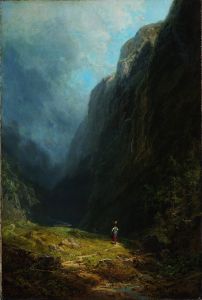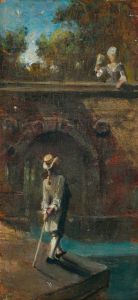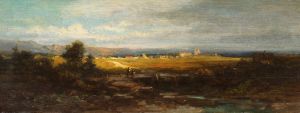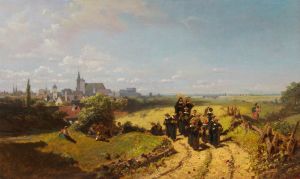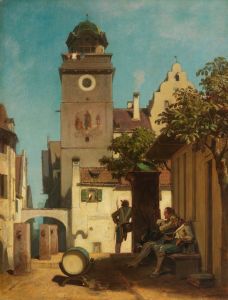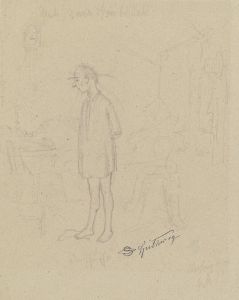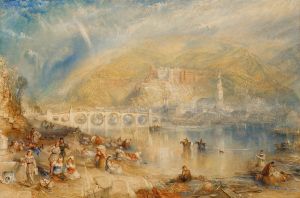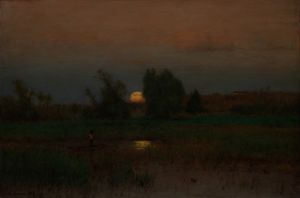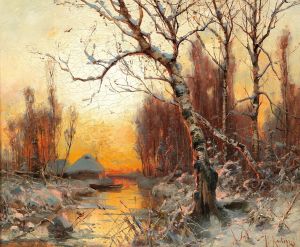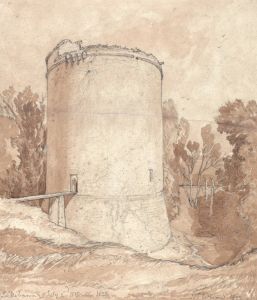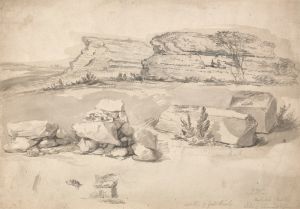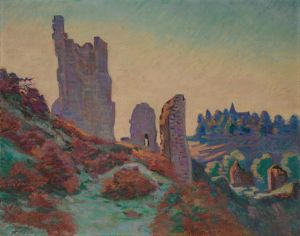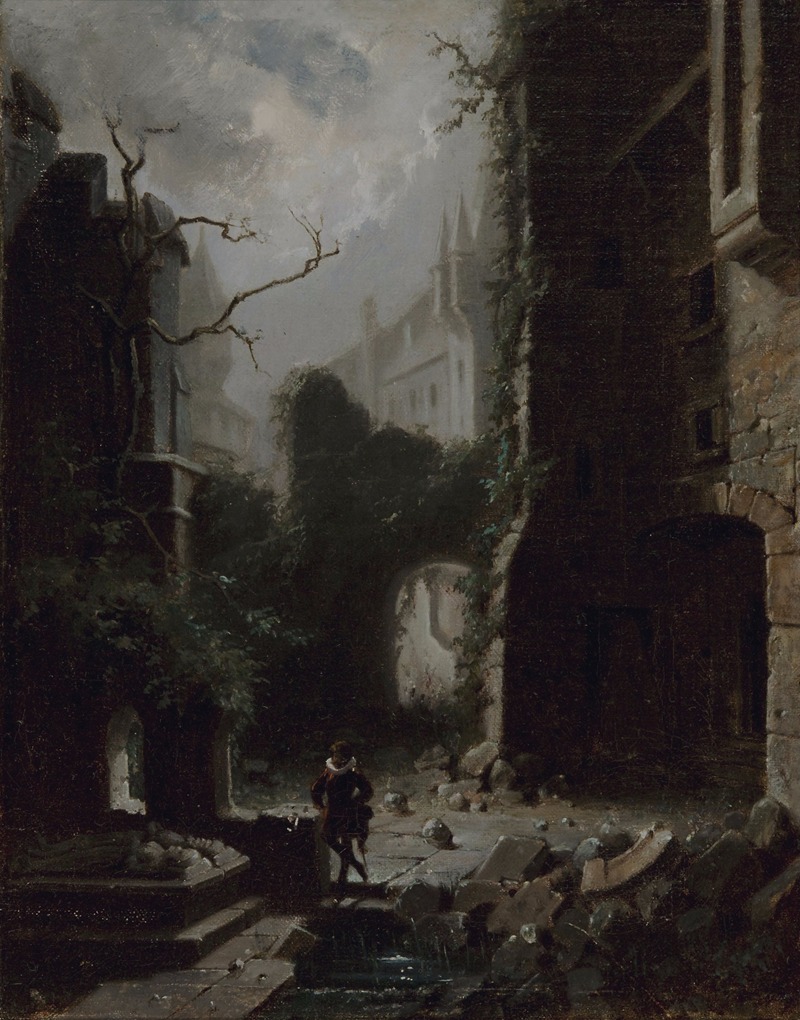
Moonlit Scene with Castle Ruins
A hand-painted replica of Carl Spitzweg’s masterpiece Moonlit Scene with Castle Ruins, meticulously crafted by professional artists to capture the true essence of the original. Each piece is created with museum-quality canvas and rare mineral pigments, carefully painted by experienced artists with delicate brushstrokes and rich, layered colors to perfectly recreate the texture of the original artwork. Unlike machine-printed reproductions, this hand-painted version brings the painting to life, infused with the artist’s emotions and skill in every stroke. Whether for personal collection or home decoration, it instantly elevates the artistic atmosphere of any space.
Carl Spitzweg's painting Moonlit Scene with Castle Ruins is a work attributed to the 19th-century German Romantic painter and poet Carl Spitzweg (1808–1885). Spitzweg is renowned for his detailed and often whimsical depictions of everyday life, as well as his ability to capture atmospheric landscapes and settings. His works frequently reflect the Romantic era's fascination with nature, solitude, and the sublime.
Moonlit Scene with Castle Ruins exemplifies Spitzweg's skill in creating evocative and atmospheric compositions. The painting portrays a serene nocturnal landscape, dominated by the ruins of a castle illuminated by the soft glow of moonlight. The scene is imbued with a sense of quiet mystery and nostalgia, themes often explored in Romantic art. Spitzweg's use of light and shadow enhances the tranquil yet melancholic mood of the painting, drawing the viewer into the timeless beauty of the scene.
The exact date of the painting's creation is not definitively documented, but it is consistent with Spitzweg's broader body of work, which often includes romanticized depictions of ruins, nature, and solitary figures. The castle ruins in the painting may symbolize the passage of time and the transience of human endeavors, a common motif in Romantic art.
Spitzweg was largely self-taught as an artist, having initially trained as a pharmacist before dedicating himself to painting. His works were influenced by the Romantic movement, as well as by the Biedermeier style, which emphasized intimate, detailed, and often sentimental portrayals of everyday life. While many of his paintings focus on human subjects, his landscapes and architectural studies, such as Moonlit Scene with Castle Ruins, demonstrate his versatility and keen observational skills.
The painting is notable for its meticulous attention to detail, particularly in the rendering of the castle ruins and the surrounding natural environment. Spitzweg's ability to convey the texture of stone, the softness of moonlight, and the stillness of the night showcases his technical proficiency and artistic sensitivity.
As of now, specific details about the painting's provenance, current location, or exhibition history are not widely documented. Like many of Spitzweg's works, it reflects the Romantic era's preoccupation with themes of nature, history, and the sublime, making it a valuable example of 19th-century German art.





